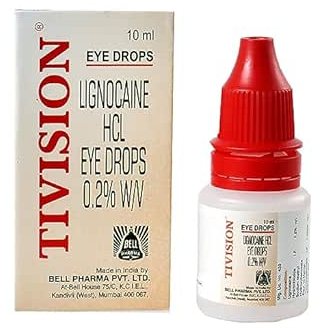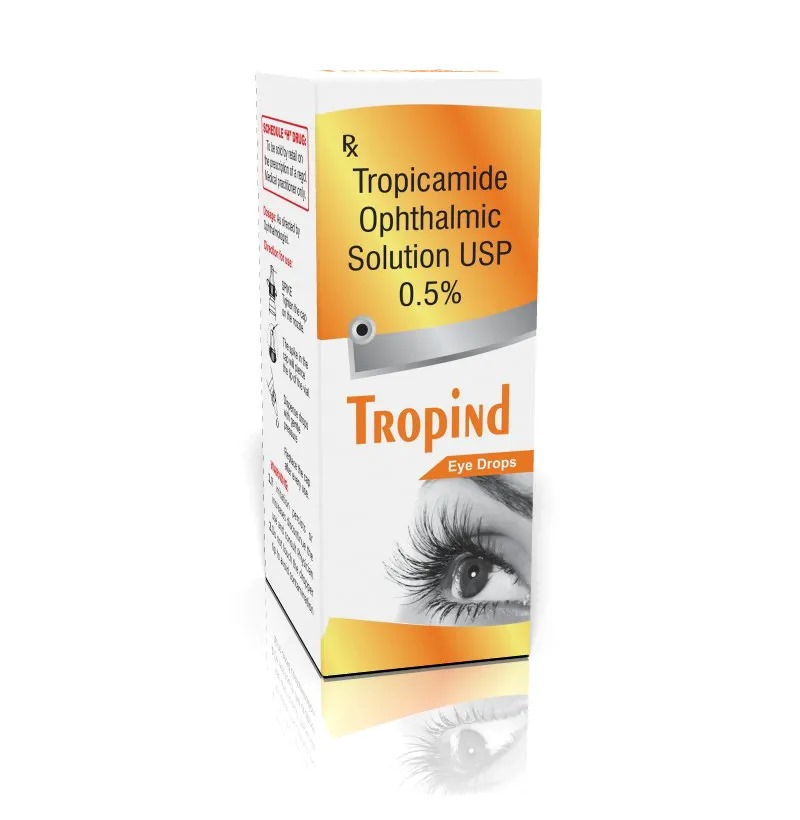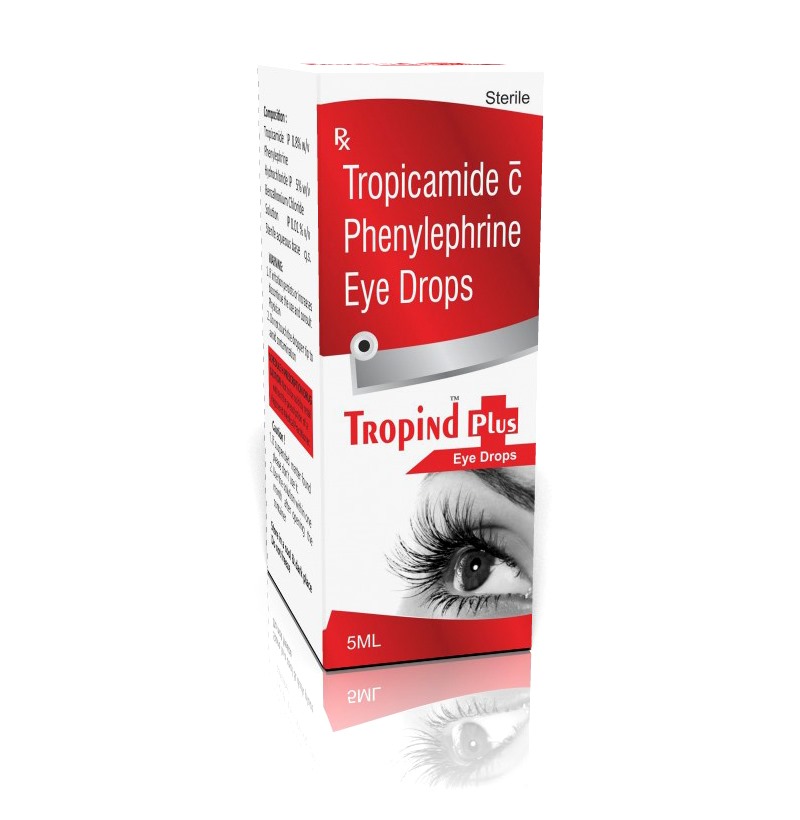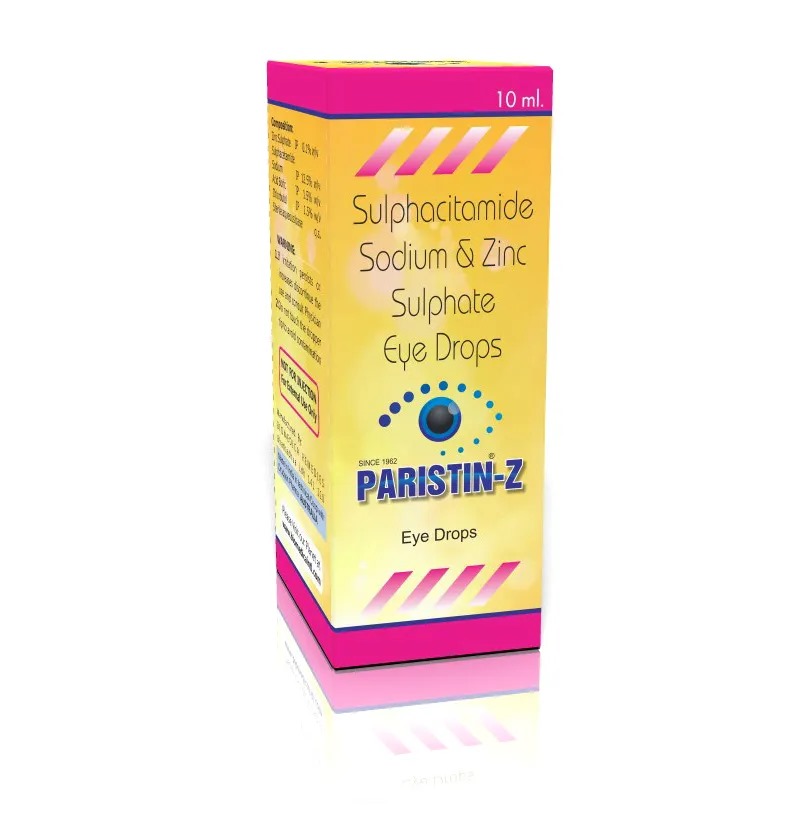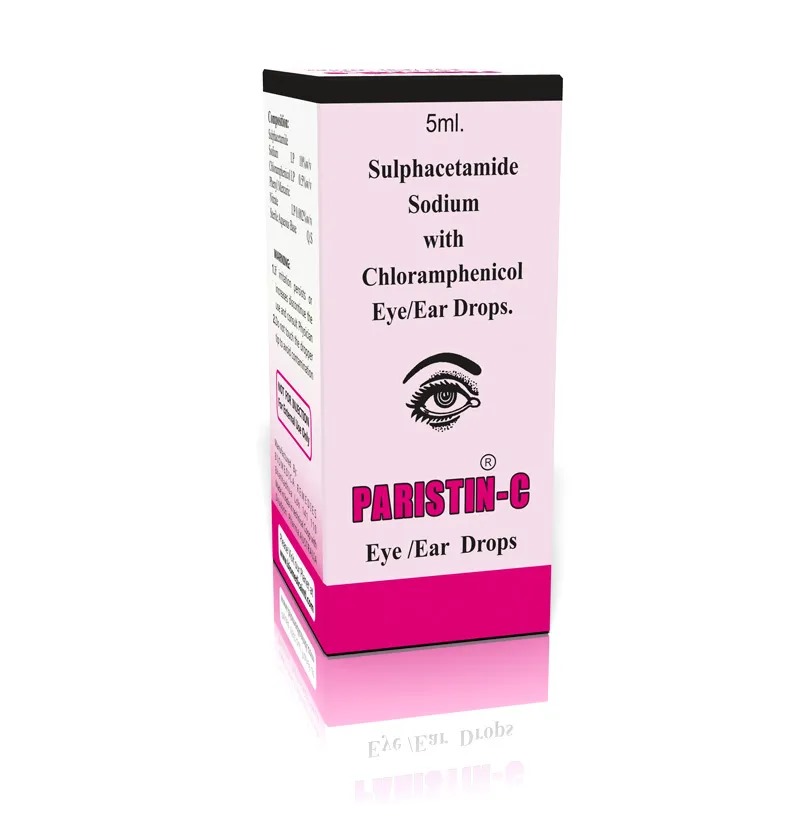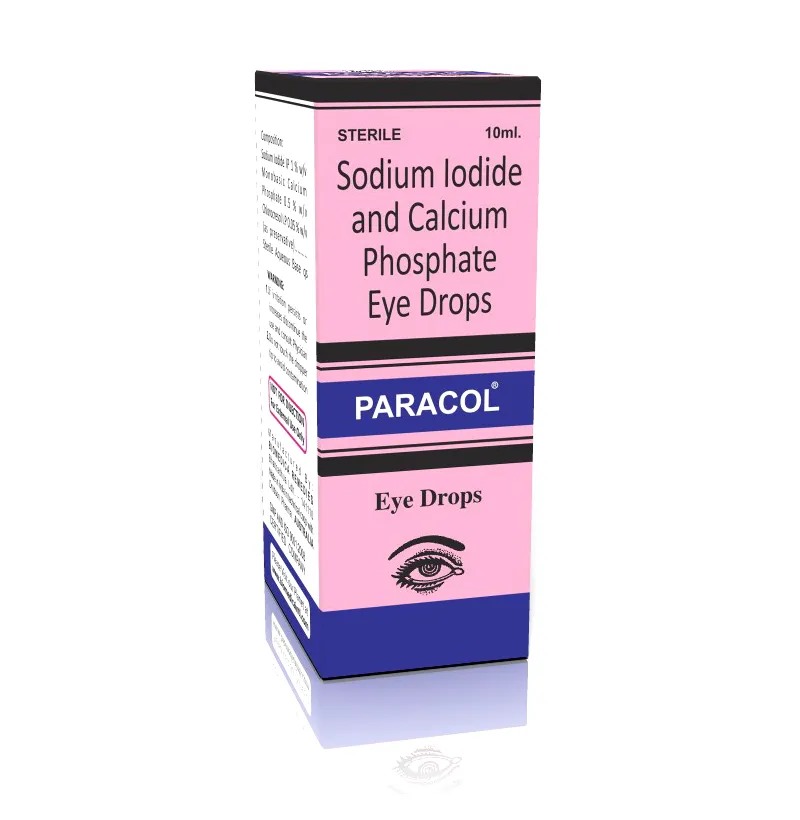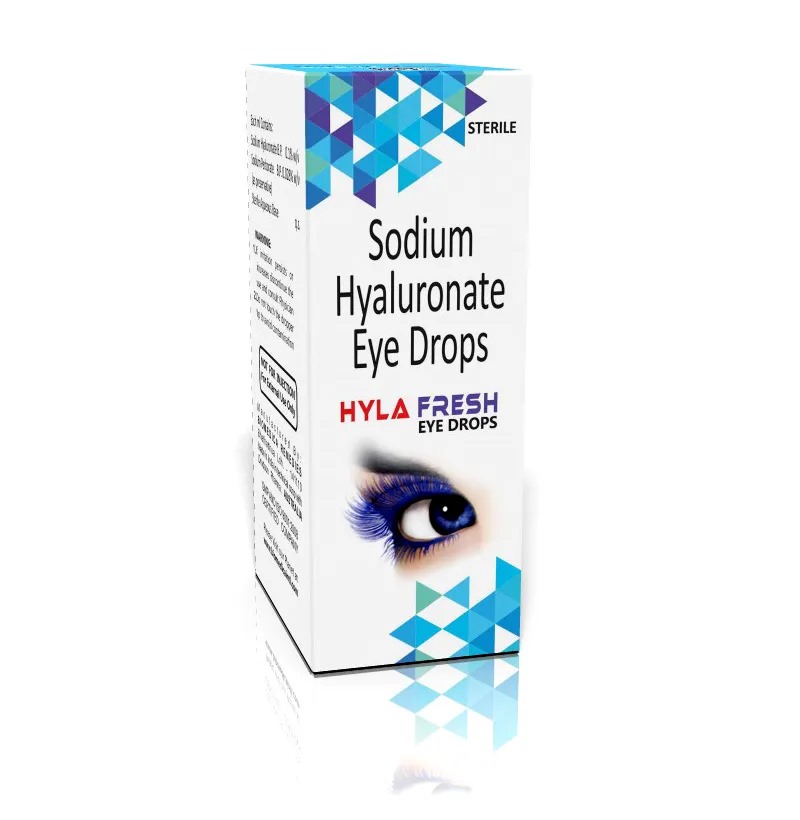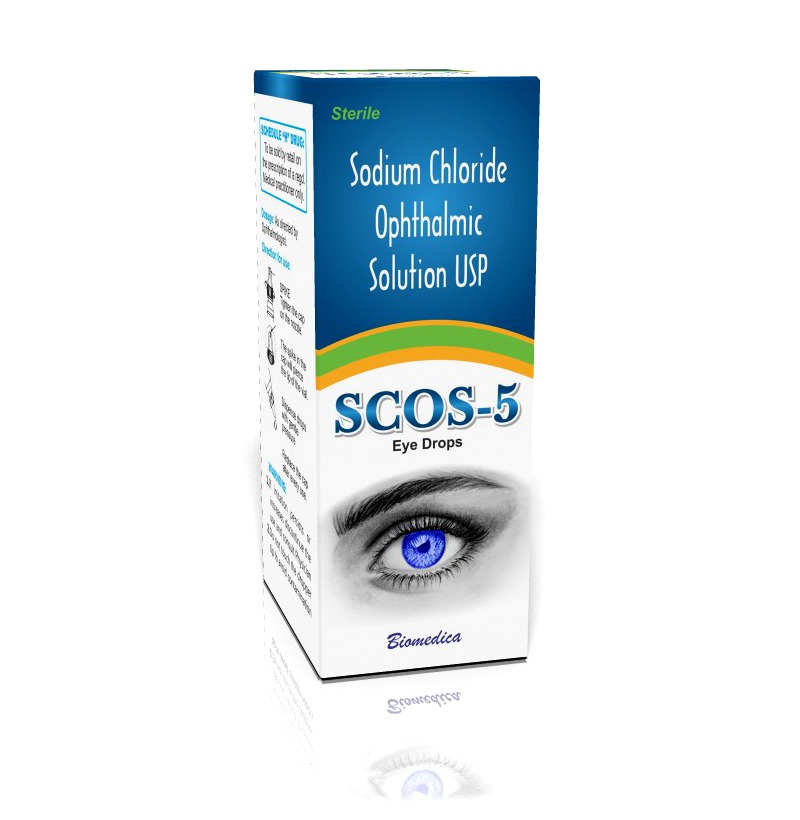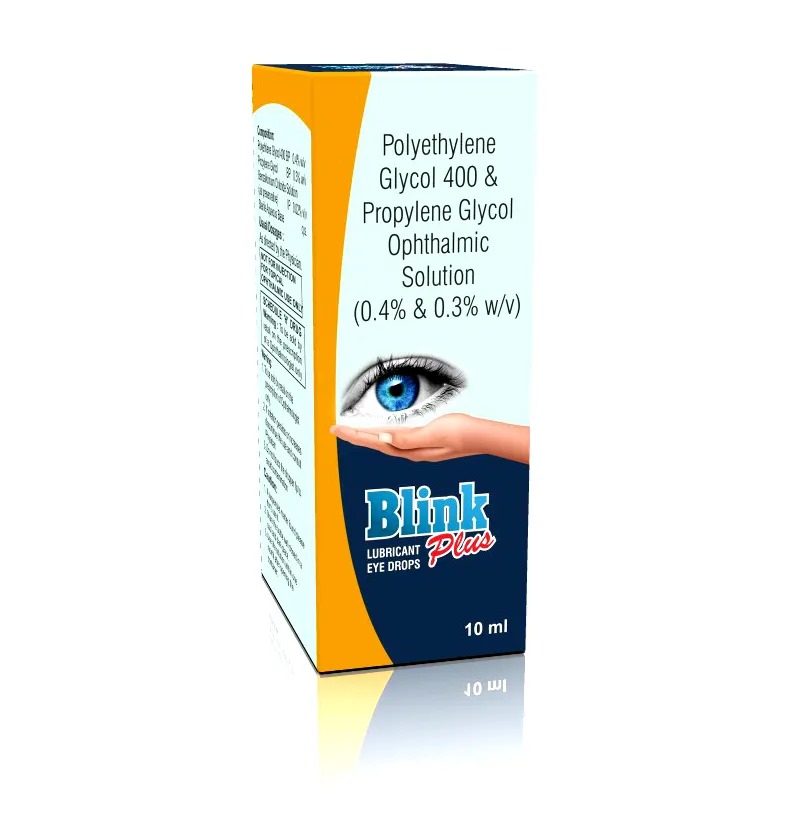Composition Active Ingredient: Lidocaine Hydrochloride (0.2% w/v) 💊 Uses Tivision Eye Drops are primarily used for: Local Anesthesia: To numb the eye during minor surgical or diagnostic procedures. Eye Irritation or Pain: To provide relief from discomfort caused by various eye conditions. 💧 How to Use Wash your hands thoroughly before use. Shake the bottle gently. Tilt your head back and pull down the lower eyelid to create a small pocket. Place the prescribed number of drops into the pocket without touching the dropper tip to any surface. Close your eye and gently press the inner corner near the nose for 1–2 minutes to prevent the liquid from draining away. Wipe away any excess liquid with a clean tissue. ⚠️ Precautions Do not use if you are allergic to lidocaine or any other ingredients in the drop. Pregnancy & Breastfeeding: Consult your doctor before use. Driving: May cause temporary blurred vision; avoid driving until vision clears. Other Conditions: Inform your doctor if you have any history of eye problems or other medical conditions. 💊 Possible Side Effects Temporary burning or stinging sensation Mild eye irritation Blurred vision
Send Message